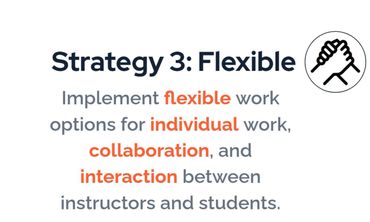Higher education third space design concept based at Ohio State in Autumn 2020.
This studio was sponsored by Gensler, Herman Miller, and the Ohio State Office of Distance Education and eLearning
Hayes Hall Past and Present


The basement of Hayes Hall has become an afterthought within the building, and is currently plagued by low, unattractive ceilings, harsh lighting, lack of accessible power, lack of workspaces, limited seating, wasted space, and metal columns placed within the middle of the space.
The lobby of Hayes Hall is very lackluster and does not represent the creative process which occurs within the building. Problems that I have identified within the lobby include poor acoustic control, lack of accessible power, limited seating, lack of workspaces, and harsh lighting.
Current Spaces
The wide range of students who walk through the doors of Hayes Hall require a space where they can comfortably work and collaborate with peers and faculty or take a moment of pause between classes. The application of biophilic principles, controlled lighting, and flexible work options will allow for the ideal space for these students. Additionally, sustainable safety features will be implemented in order to allow the space to function successfully throughout the COVID-19 pandemic and into the post-pandemic world.
Strategies





VP Board

Below is the material board which I assembled for this project. I chose my textiles on the basis of the primary research project which I completed earlier in the semester. This project can be referenced under my Campus Strategies page. The color palette was drawn from the Ohio State branding secondary color palette. I chose to incorporate my strategy of biophilia into my material selections by choosing natural materials such as wood and concrete, as well as by selecting colors associated with nature, such as the blues and green seen in my material board.
Material Palette

Lobby Design
Basement Design
Renders
Lobby
respite cove detail


table divider detail


Furniture Specifications
bUMP

This website uses cookies.
We use cookies to analyze website traffic and optimize your website experience. By accepting our use of cookies, your data will be aggregated with all other user data.